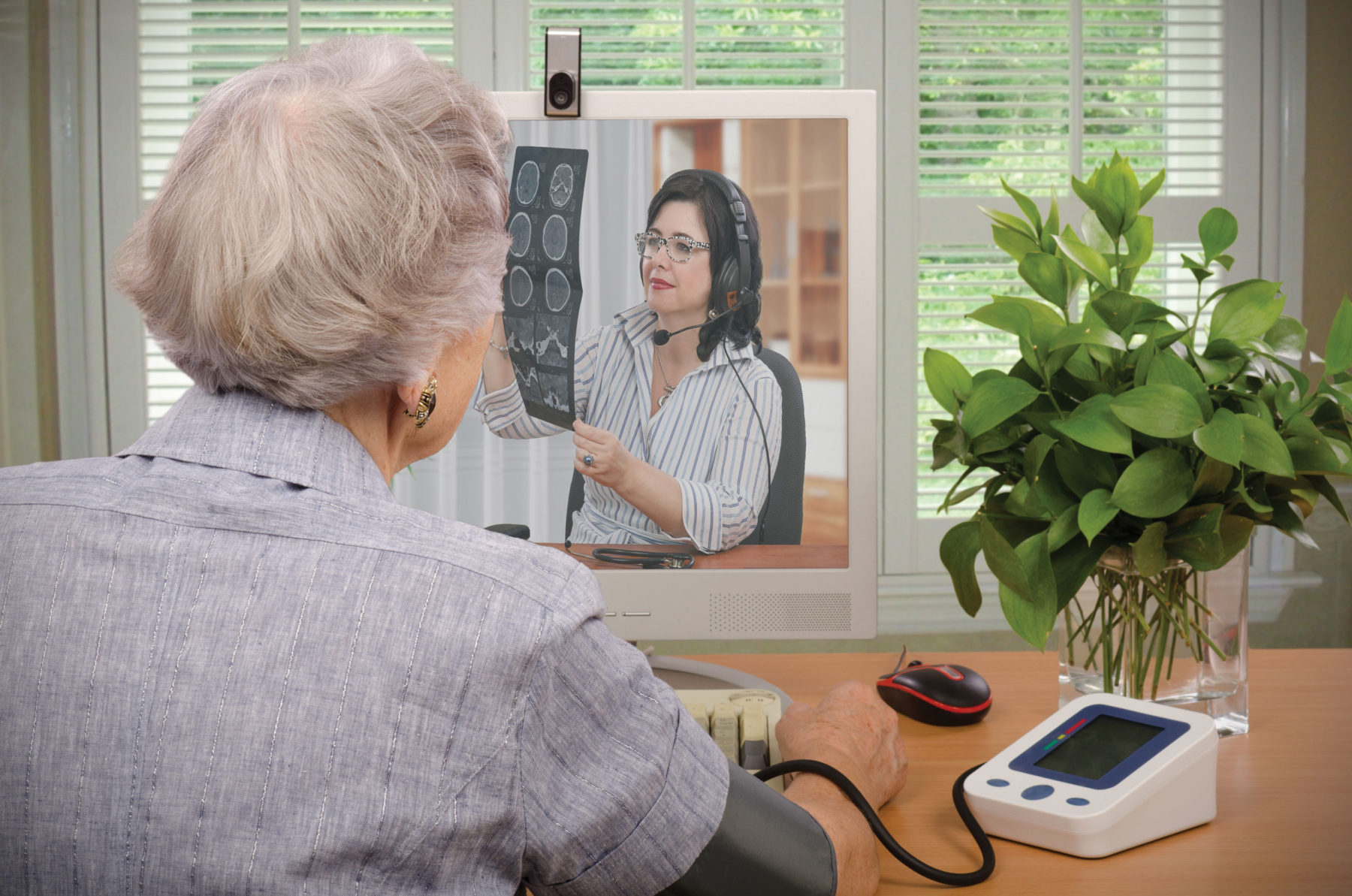Even after the implosion of Outcome Health painted a shroud of distrust over the entire point of care media industry, the demand for in-office media solutions targeting both patients and physicians far exceeds the supply. Groups such as PoC3 have been established to help police ethical best practices and standards, and companies such as PlaceBridge have been launched to provide independent third-party auditing and verification for the media in-market, which will help bring back client confidence. However, while other well-established companies pride themselves in a reputable alternative solution, there remains a gap in the total inventory available to be able to reach the patient at the point of care.
But yet, the physician’s office is transforming rapidly and point of care is no longer necessarily in a waiting room in an office park or hospital. New approaches to patient care will soon drive new media opportunities, ultimately evolving what we have traditionally thought of as the doctor’s office.
Like most services today, consumers are looking for healthcare that fits the demands of their busy life: Quick and now! Today’s consumers spend $15 billion annually on urgent care clinics, a 27% rise since 2011. Telemedicine is here; it’s real and it continues to forge its way into mainstream healthcare—projected to reach upwards of $115 billion in annual revenue by 2025, with an annual average growth rate of 18%.
Implication: Healthcare and pharmaceutical companies need to take these solutions seriously, as they represent a growing patient engagement and distribution platform.
When we examine telemedicine as an example, there were 18 million telemedicine visits in the U.S. in 2016, which according to Goldman Sachs represents only 3% penetration of the total market opportunity today. With 70% of all office visits consisting of matters that could be handled over the phone, according to the AMA, and when we look at the total number of visits projected out to 2025, we find that telehealth is expected to be utilized in over a billion annual visits.
The opportunity for maintaining market share within this new “bedroom” physician office environment is extraordinarily high. A handful of existing telehealth companies make up the largest share of voice at present—comprised of on-demand telemed services such as Doctor On Demand or Teladoc—marketed primarily to payers and self-insured employers. However, a new breed of telehealth companies is providing direct-to-physician as well as OEM services built into EHR platforms, which already have massive market penetration. This makes rapid adoption incredibly realistic.
Physician behavior using online services is similar to office visits in that their patient population often waits. In the video chat room, patients are holding for an average of 10-20 minutes before the physician appears on the screen and begins their consultation. From a media perspective, that is valuable, dedicated screen time with a highly targeted patient that could consist of both static and video-based content.
Clinics Growth Continues
It’s no secret that telehealth is an extension of the rapid adoption of urgent care centers across the country. There are nearly 7,100 urgent care centers in the U.S. providing full-service urgent care medicine such as X-rays and lab services, according to the Urgent Care Association of America. (Interestingly, federal registration is not required so there is no national database of urgent care centers.) Beyond the obvious convenience of walking into a pharmacy and receiving treatment, urgent care centers are also serving as primary care or medical home centers for patients living in rural or medically underserved areas. These health facilities are sustainable in underserved areas because they are typically less expensive to run than a hospital.
Additionally, walk-in clinics have opened in national, regional, and local pharmacies and supermarkets, as well as in traditional, independent, stand-alone pharmacies. With 92% of Americans living within 1.6 miles of a pharmacy and 67,000 community pharmacies, the growth of convenience clinics is expected to be staggering. Currently, there are 13 billion annual visits—or 530 to 570 daily visits—to pharmacies. For many of these visits, patients come to pharmacies seeking advice and treatment for common illnesses, point-of-care testing, clinical chemistry and immunoassay laboratory testing, vaccinations, physical examinations, and wellness visits. These services are offered by nurse practitioners, physician assistants, and pharmacists under community-based physician oversight and sanctioned by state regulations.
It is pretty clear that the number of people visiting a traditional physician office is dropping, along with a decreasing number of engaged physicians. Athena Health cited one of the reasons for a drop in their revenue in 2017 as a decrease in physician office visits.
According to the “2016 Survey of America’s Physicians: Practice Patterns and Perspectives,” 48% of surveyed physicians plan to cut back on hours, retire, take a non-clinical job, switch to “concierge” medicine, or take other steps that would further limit patient access to care. These patterns are likely to reduce the physician workforce by tens of thousands of full-time equivalents at the time when a growing, aging, and more widely insured population is increasing overall demand for physicians.
Huge Opportunities for Healthcare Brands
All of this creates opportunity from a point of care media perspective. Walk-in clinics and urgent care centers are beginning to provide their own unique and innovative media opportunities that are not found in the traditional physician office setting.
Think of it as “cord cutting” in the television cable industry. People are beginning to change their behavior because it’s more convenient for them, it’s customizable, and it is a positive experience. Patients at CVS’ Minute Clinic who opted for a telehealth visit to avoid a wait to see a provider reported 94% to 99% satisfaction and a third of them reported a preference for telehealth over an in-person visit. These aren’t just millennials excited about new, convenient healthcare. A Mayo Clinic study recently reported that nearly two-thirds of older urologic patients (average age 58) were “very” or “somewhat likely” to engage in a video visit with their provider.
While there will always be physician offices and there will always be valuable physician-office media opportunities, it’s time to recognize the emerging opportunities that are beginning to take market share away from traditional point of care, and ultimately expand the opportunity for more highly targeted customer engagement with a greatly expanding inventory. Point of care is alive and well, and there will be a lot more room for everyone to participate in ever-changing ways.










